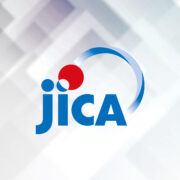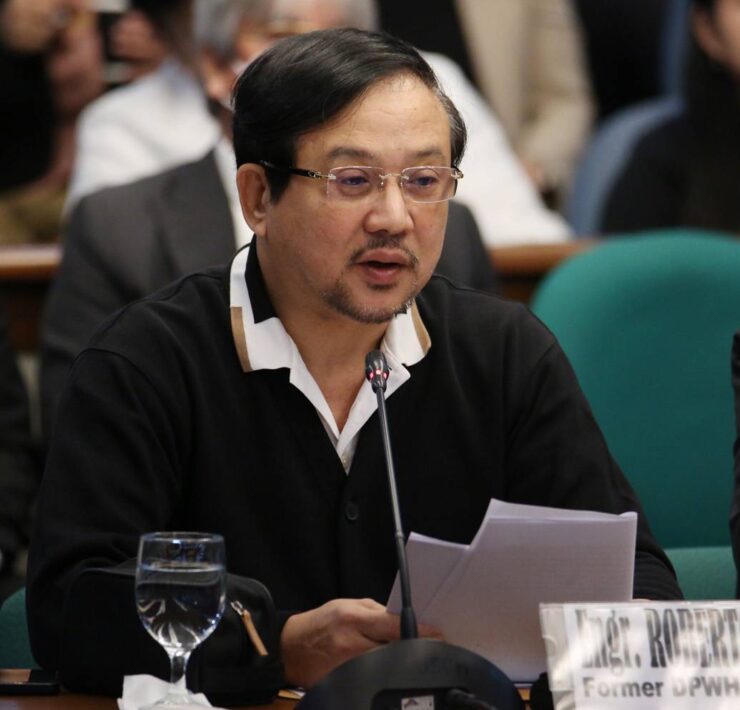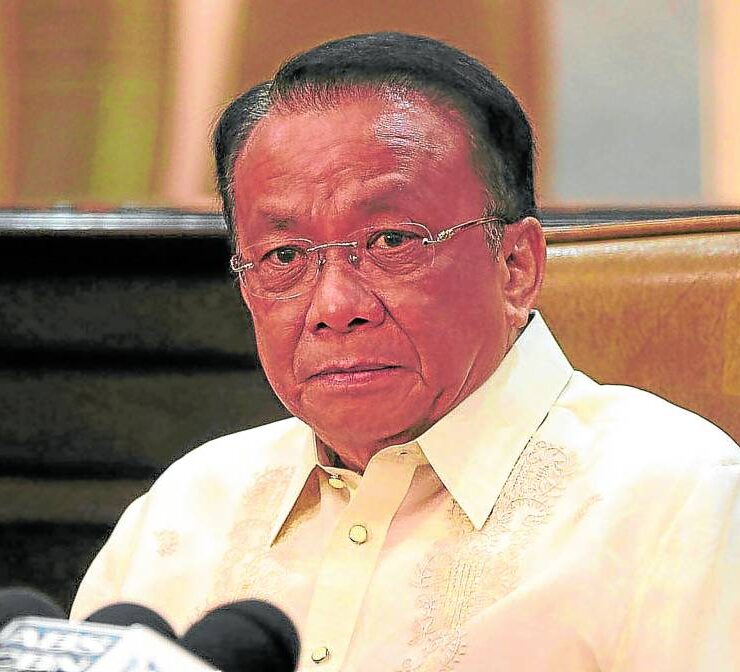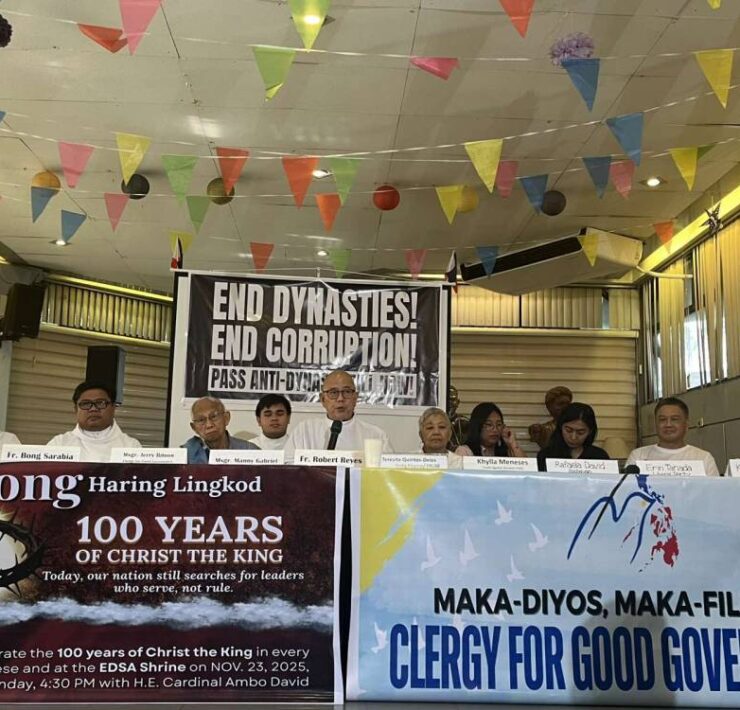PhilHealth approves 50% hike in most benefit packages
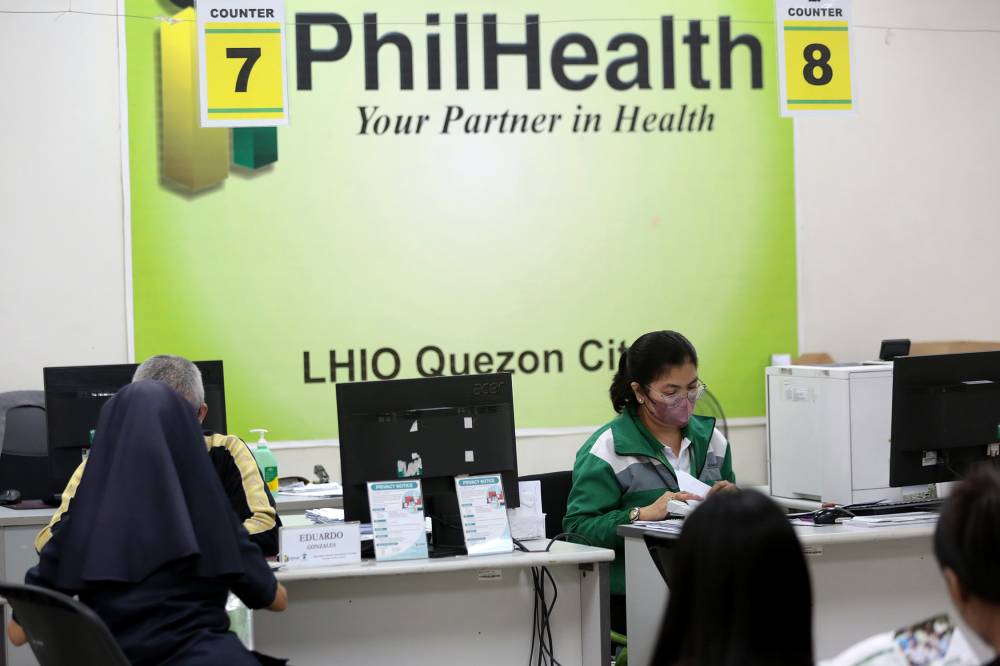
The Philippine Health Insurance Corp. (PhilHealth), which is not getting any subsidy from the government this year, has proceeded with its earlier plan to approve a 50-percent increase in almost all of its benefit packages.
Under Circular No. 2024-0037 signed by PhilHealth president Emmanuel Ledesma Jr. on Dec. 23, PhilHealth made another round of adjustments “to increase support value, decrease out-of-pocket payment, increase financial risk protection, and ensure the effective delivery of high-quality health services.”
The increase was also made to “align with health inflation, demonstrating a strong commitment to improving healthcare affordability, and access.”
The new rates will take effect on Jan. 1, 2025, and shall apply to almost all of the estimated 9,000 medical and procedural case rates offered by PhilHealth.
Among those included in the hiked rates is moderate-risk pneumonia, which has been the No. 1 claimed benefit package by Filipinos in the past years.
From P19,500, PhilHealth members and dependents admitted to accredited hospitals can now be covered for up to P29,500.
Acute gastroenteritis, the second-most claimed case rate, has also been increased by 50 percent—from P7,800 to P11,700.
The increased benefit packages can be accessed through PhilHealth’s Case Rates Search portal at https://www.philhealth.gov.ph/services/acr/. The complete list of the included and excluded benefit packages will also be made available on the PhilHealth website and other official channels.
Exclusions
Excluded from the 50-percent adjustment are the following:
- benefit packages that are being rationalized, such as acute stroke (ischemic and hemorrhagic), high-risk pneumonia, neonatal sepsis, bronchial asthma in acute exacerbation, severe dengue, ischemic heart disease-acute myocardial infarction (IHD-AMI), and COVID-19;
- “Z benefit packages” covering catastrophic illnesses and health conditions requiring expensive treatments and hospitalizations amounting to millions such as cancer that are being recosted and are already scheduled for adjustment;
- newly approved benefit packages, including outpatient package for mental health;
- cases that are identified to have a high risk for moral hazard and/or adverse incentives (such as cataract procedure and hemodialysis); and
- benefit packages that are paid through other provider payment mechanisms (such as the Konsultasyong Sulit Tama or Konsulta)
The newest increase is only the second time that PhilHealth adjusted its benefit packages across the board since 2013, when the health state insurer shifted the way it pays accredited health providers from fee-for-service (where they are paid for each service they perform) to case-based payment, now known as the All-Case Rates (where they are reimbursed of a predetermined fixed rate for each treated case).
The first en masse increase was in February last year when it approved a 30-percent increase to account for inflation in the past decade.
Health reform advocates have criticized PhilHealth for failing to implement universal health care.
Out-of-pocket expenses
A study published by the Inquirer last year found that PhilHealth only shouldered a measly 14 percent of the total health expenditure of Filipino households. The bulk of the health care expenses at 45 percent is still paid for by Filipino households out of their own pockets.
Last month, PhilHealth said it would continue to implement enhanced benefit packages this year, saying it has a “strong financial position” to pay for the health benefits of all Filipinos.
The PhilHealth board approved in December its P284-billion corporate operating budget for 2025, already taking into account a zero subsidy from the government. Congress eliminated the P74 billion budget proposal of PhilHealth to fund the National Health Insurance Program (NHIP) this year, which shall be used to pay for the benefits of the 16 million Filipino indirect contributors composed of senior citizens, persons with disability, indigents, 4Ps beneficiaries, and those without the capacity to pay.
The bulk of PhilHealth’s finances shall now be shouldered by Filipino workers, who are direct contributors. In 2023, Filipino workers, both here and abroad, remitted a total of P158 billion in contributions to PhilHealth.
Data for 2024, the year when the 5-percent premium was first implemented, is not yet available but is expected to be higher.
Under Republic Act No. 11223, or the Universal Healthcare Act, PhilHealth is mandated to raise members’ premiums by 0.5 percent every year starting in 2019.
The scheduled increases will end in 2025 when it reaches the second year of the 5-percent limit.







